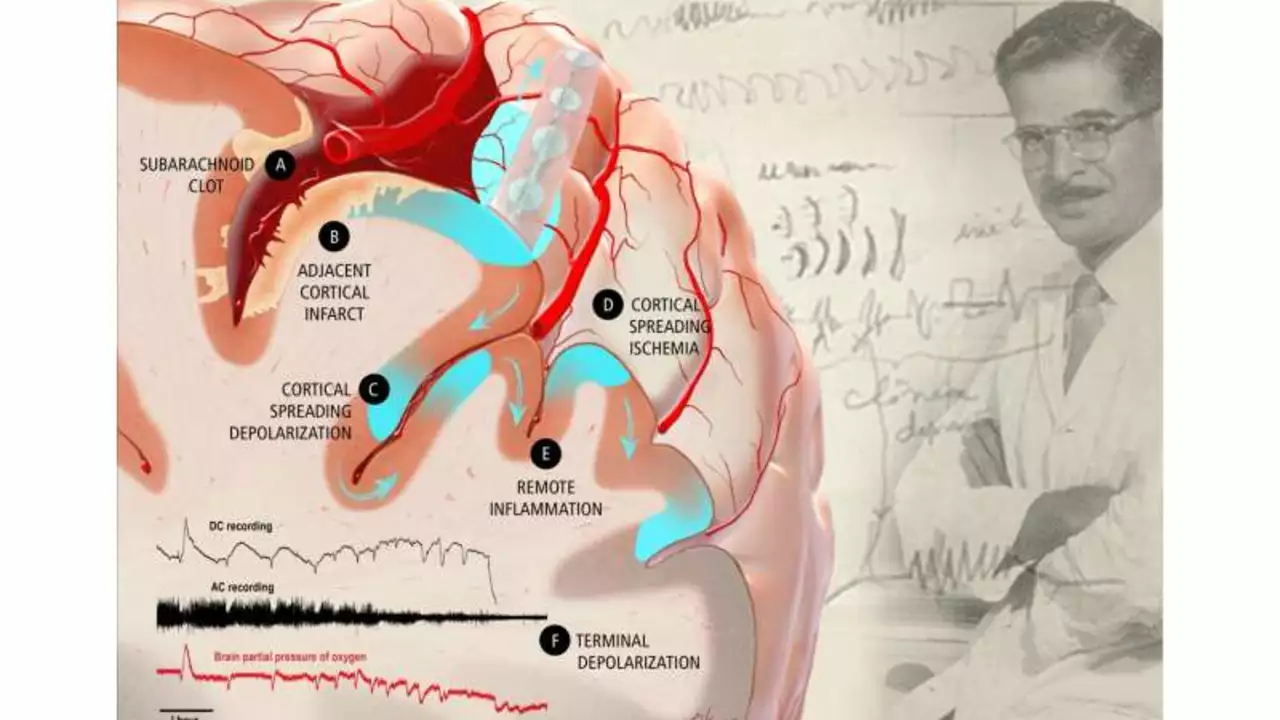Assistive Devices: Your Go‑to Guide for Health Aids and Alternatives
If you’ve ever wondered how a simple tool can make life easier when dealing with medication or chronic conditions, you’re in the right spot. Assistive devices cover everything from pill organizers that stop you missing doses to mobility aids that let you stay active without pain.
Why Assistive Devices Matter
First off, these tools aren’t just gadgets – they’re confidence boosters. A sturdy cane or a well‑designed inhaler spacer can turn a risky situation into a routine task. When you pair the right device with the right medication, you cut down on errors and boost treatment results.
Think about it: forgetting to take your heart medicine can lead to spikes in blood pressure, but a weekly pill box with alarms keeps you on track. The same principle works for people using breathing aids; a proper spacer makes every puff count, reducing side effects.
Top Picks and How to Choose
Here’s a quick rundown of the most common assistive devices and what to look for:
- Pill Organizers & Reminders: Look for compartments that match your dosing schedule. Models with Bluetooth alerts sync with phones, so you get a nudge even when you’re out.
- Inhaler Spacers: Choose one that fits your inhaler type and is easy to clean. A good spacer improves drug delivery by up to 40%.
- Cane & Walker Systems: Test the grip, height, and weight. Aluminum frames are light; steel frames feel sturdier for heavier use.
- Compression Stockings: Pick the right compression level (measured in mmHg) based on your doctor’s advice. Proper fit prevents slipping and skin irritation.
- Digital Blood Pressure Monitors: Look for cuffs that wrap comfortably and devices that store readings so you can share trends with your pharmacist.
When you’re shopping, read reviews that talk about real‑world durability – a device might look great online but fail after a few months of daily use. Also, check if the manufacturer offers a warranty; that’s a sign they stand behind the product.
The posts under our "assistive devices" tag dive deeper into specific meds and tools that work well together. For example, the article on Best Salbutamol Alternatives explains why an inhaler spacer can be a game‑changer for asthma patients switching drugs. Another piece about Gabapentin Alternatives for Seniors highlights how a simple pill organizer can reduce fall risk by ensuring correct dosing.
Bottom line: pick a device that fits your lifestyle, not the other way around. Start with one change – like adding an alarm‑enabled pill box – and watch how it lifts the burden off daily routines. Need more ideas? Browse the full list of articles tagged "assistive devices" for hands‑on advice, safety tips, and product comparisons.
Remember, the right assistive device isn’t a luxury; it’s a practical step toward better health management. Give yourself the tools to stay on top of treatment, keep moving, and feel confident every day.
Subarachnoid Hemorrhage: A Guide to Assistive Devices and Technology
In my latest blog post, I delve into the world of subarachnoid hemorrhage and provide a detailed guide on assistive devices and technology that can be beneficial for patients. I explore a variety of tools, from simple aids to sophisticated devices, that can significantly improve the quality of life for individuals dealing with this condition. I also touch on the latest advancements in technology that are shaping the future of treatment and support. My goal is to help you understand the role of these devices in managing subarachnoid hemorrhage, and how they can help to foster independence and improve daily living. Let's navigate this journey together.
read more

